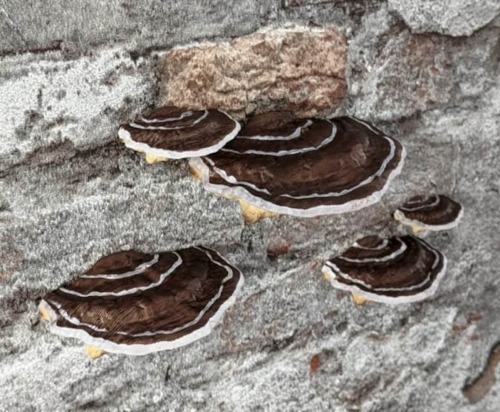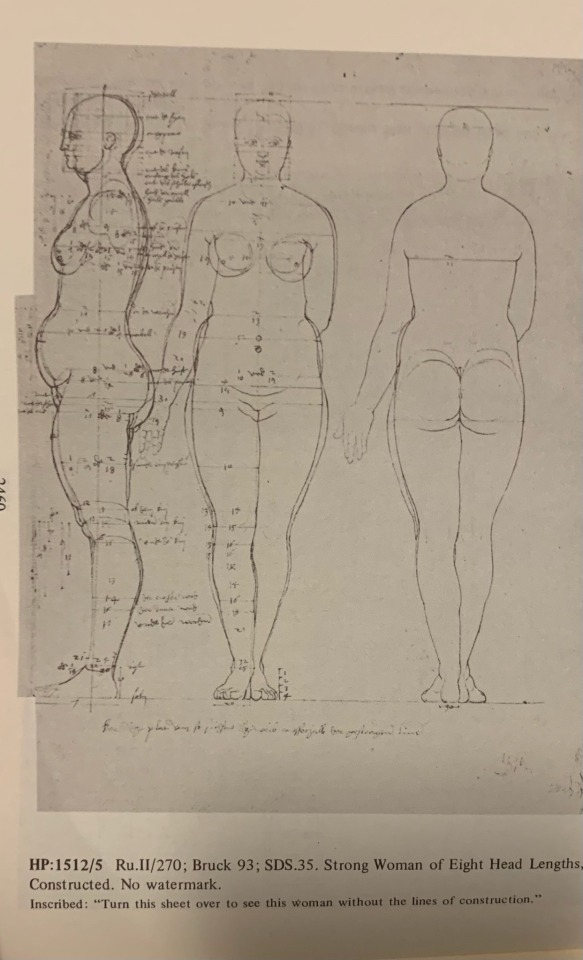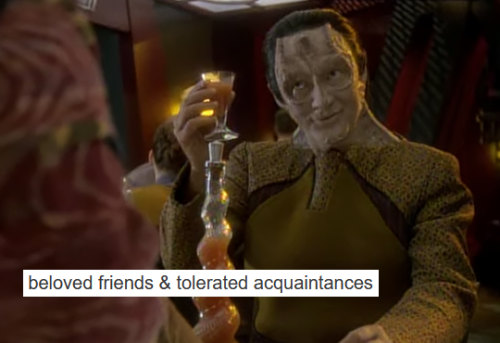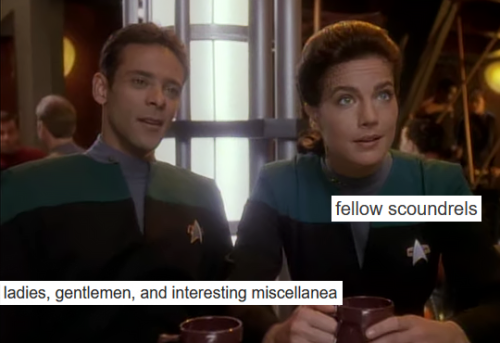For The Love Of God Please Listen To Old Users When We Say This Site Works Differently. That You Can’t
for the love of god please listen to old users when we say this site works differently. that you can’t just sit around with a blank blog. make posts or reblog, but do something at least. this site works because we don’t have an unavoidable garbage algorithm forcefeeding us posts based on our likes. we do not need another fucking twitter, tiktok or instagram.
More Posts from Frauwaz and Others










Mushroom Pins / Stick-On Wall Mushrooms
Mooody Arts on Etsy

Sigourney Weaver’s boneless double for the “Alien” series.
"But NORMAL People's Bodies Didn't Look Like That!" ...right?
Some of you may have seen my post about Baroque artists and their realistic depictions of human bodies as having skin and fat.
I've had a lot of negative and frankly fatphobic comments on that post, calling the people in the paintings "fat" and "obese," mostly along the lines of this:
"It's because the artists are depicting rich people, who were fat and lazy. Normal people didn't look like that!"
The idea, of course, is that these artists wouldn't have ever drawn bodies that looked like those in the Baroque paintings, if they weren't painting super-rich people that stuffed themselves with food all day.
Supposedly. We'll see how well that holds up.
Today I was in the library looking at a collection of drawings by Albrecht Dürer, and learned that in the early 1500's, Dürer tried to put together essentially a "how-to-draw" book, showing how to draw people. His work was controversial, because of his technique of "constructing" figures using rules about proportions. (A quick and easy method of inventing realistically proportioned bodies out of thin air? Cheating!!)
However, in his "constructed" drawings, Dürer had to figure out how to handle the range of variety in bodies, and ended up breaking down how to create a variety of body types in correct proportions.
I'm showing the women, to contrast with the post on Baroque paintings. Here are some of his drawings that I thought y'all should take a look at.
These are a couple of his more "average" women—the one on the left is from his drawing book, and the one on the right is one of his drawings.


Here's a "strong woman" and "A very strong, stout woman"


This is what he refers to as a "stout woman."


Here's where it gets interesting: this is what Albrecht Dürer refers to as a "peasant-type" woman

^That. That's what a "peasant" body type looks like.
He labeled this one "A peasant woman of 7 head lengths"

in case you missed it: this figure drawing by a guy in the 1500's is literally labeled as being of a peasant woman! this is what a "peasant woman" body type looks like!
He did draw similar amounts of thinner figures, but they're not particularly emphasized over the "Strong" and "Stout" figures. Nor is there exactly a "default" figure. He's just...going over the range of variations that there are?
Here's another "stout woman," covered in notes on how to draw the proportions:


now that's too technical for me to make any sense of but
this was in the 16th century!! This body type was apparently not incredibly rare in the 16th century. This body type was important enough for you to be able to draw, as an artist, in the 16th century to be handled in detail in a 16th century artist's drawing advice
In conclusion: yes this is just what people look like, yes it's important to know how to draw fat bodies, even this dude from the early 1500's is telling you so, Die Mad About It
all of this is from "The complete drawings of Albrecht Dürer" by Walter L. Strauss
Commander Phoebe Willkinson, grey hair, attentive and unmotivated of the Schooner HMS Themis (10 guns)
Inspired by @focsle ‘s Whalin Lad Generator (perchance link here), I made a Dubiously 18th/19th Century Royal Navy Sailor generator, inspired by Master and Commander/the Aubreyad, The Terror and other Age of Sail stuff!
Make boat boys (not necessarily male) to have swashbuckling adventures or to cannibalise each other after failed expeditions!












If I drove a bulldozer through an apple store and the cops just shoved me in a closet and pumped me full of DMT for 8 hours id literally just do it again the second they let me out







Elevated Maps
Brooklyn-based graphic designer Scott Reinhard combines contemporary land elevations with historic maps to create three-dimensional environments of a specific region, city, or state. To produce the digital maps, he pulls elevation data from the United States Geological Survey, which he then embeds with location information and merges with the original design of the old maps.
-
 aglais-io1238 reblogged this · 1 month ago
aglais-io1238 reblogged this · 1 month ago -
 aglais-io1238 liked this · 1 month ago
aglais-io1238 liked this · 1 month ago -
 buff-richard liked this · 1 month ago
buff-richard liked this · 1 month ago -
 lady-forest-1142 reblogged this · 1 month ago
lady-forest-1142 reblogged this · 1 month ago -
 lady-forest-1142 liked this · 1 month ago
lady-forest-1142 liked this · 1 month ago -
 shinygemstone reblogged this · 1 month ago
shinygemstone reblogged this · 1 month ago -
 azyr1n reblogged this · 1 month ago
azyr1n reblogged this · 1 month ago -
 azyr1n liked this · 1 month ago
azyr1n liked this · 1 month ago -
 bronzewyrm reblogged this · 1 month ago
bronzewyrm reblogged this · 1 month ago -
 bronzewyrm liked this · 1 month ago
bronzewyrm liked this · 1 month ago -
 queen0funova reblogged this · 1 month ago
queen0funova reblogged this · 1 month ago -
 daughterofsmokeandblood reblogged this · 1 month ago
daughterofsmokeandblood reblogged this · 1 month ago -
 queen0funova liked this · 1 month ago
queen0funova liked this · 1 month ago -
 shinygemstone reblogged this · 1 month ago
shinygemstone reblogged this · 1 month ago -
 heartstopperleaveshi reblogged this · 1 month ago
heartstopperleaveshi reblogged this · 1 month ago -
 heartstopperleaveshi liked this · 1 month ago
heartstopperleaveshi liked this · 1 month ago -
 shinygemstone reblogged this · 1 month ago
shinygemstone reblogged this · 1 month ago -
 redvolpe liked this · 1 month ago
redvolpe liked this · 1 month ago -
 l001il1i liked this · 1 month ago
l001il1i liked this · 1 month ago -
 alabaster-time-lord reblogged this · 1 month ago
alabaster-time-lord reblogged this · 1 month ago -
 artbyamixx liked this · 2 months ago
artbyamixx liked this · 2 months ago -
 silent-stories liked this · 2 months ago
silent-stories liked this · 2 months ago -
 silent-stories reblogged this · 2 months ago
silent-stories reblogged this · 2 months ago -
 obtemporium reblogged this · 2 months ago
obtemporium reblogged this · 2 months ago -
 string-o-lights reblogged this · 2 months ago
string-o-lights reblogged this · 2 months ago -
 string-o-lights liked this · 2 months ago
string-o-lights liked this · 2 months ago -
 fadingangelwisp reblogged this · 2 months ago
fadingangelwisp reblogged this · 2 months ago -
 fadingangelwisp liked this · 2 months ago
fadingangelwisp liked this · 2 months ago -
 downtherabbitholetoofar reblogged this · 2 months ago
downtherabbitholetoofar reblogged this · 2 months ago -
 downtherabbitholetoofar liked this · 2 months ago
downtherabbitholetoofar liked this · 2 months ago -
 wisemilkaddict liked this · 2 months ago
wisemilkaddict liked this · 2 months ago -
 holypiercednipplesbatman reblogged this · 2 months ago
holypiercednipplesbatman reblogged this · 2 months ago -
 snowholland liked this · 2 months ago
snowholland liked this · 2 months ago -
 kisskisscrush liked this · 2 months ago
kisskisscrush liked this · 2 months ago -
 theolufem reblogged this · 2 months ago
theolufem reblogged this · 2 months ago -
 theolufem liked this · 2 months ago
theolufem liked this · 2 months ago -
 caffeinatednecromancer reblogged this · 2 months ago
caffeinatednecromancer reblogged this · 2 months ago -
 the-gamling-dog reblogged this · 2 months ago
the-gamling-dog reblogged this · 2 months ago -
 the-gamling-dog liked this · 2 months ago
the-gamling-dog liked this · 2 months ago -
 crypticchild reblogged this · 2 months ago
crypticchild reblogged this · 2 months ago -
 crypticchild liked this · 2 months ago
crypticchild liked this · 2 months ago -
 scarecrowwannabe liked this · 2 months ago
scarecrowwannabe liked this · 2 months ago -
 heckaroniandcheese liked this · 2 months ago
heckaroniandcheese liked this · 2 months ago -
 blackcrystalball reblogged this · 2 months ago
blackcrystalball reblogged this · 2 months ago -
 blackcrystalball liked this · 2 months ago
blackcrystalball liked this · 2 months ago -
 eepepsi reblogged this · 2 months ago
eepepsi reblogged this · 2 months ago -
 cry-me-a-breakstick liked this · 2 months ago
cry-me-a-breakstick liked this · 2 months ago -
 springautumn reblogged this · 2 months ago
springautumn reblogged this · 2 months ago -
 dragondrawer28 reblogged this · 2 months ago
dragondrawer28 reblogged this · 2 months ago -
 dragondrawer28 liked this · 2 months ago
dragondrawer28 liked this · 2 months ago









